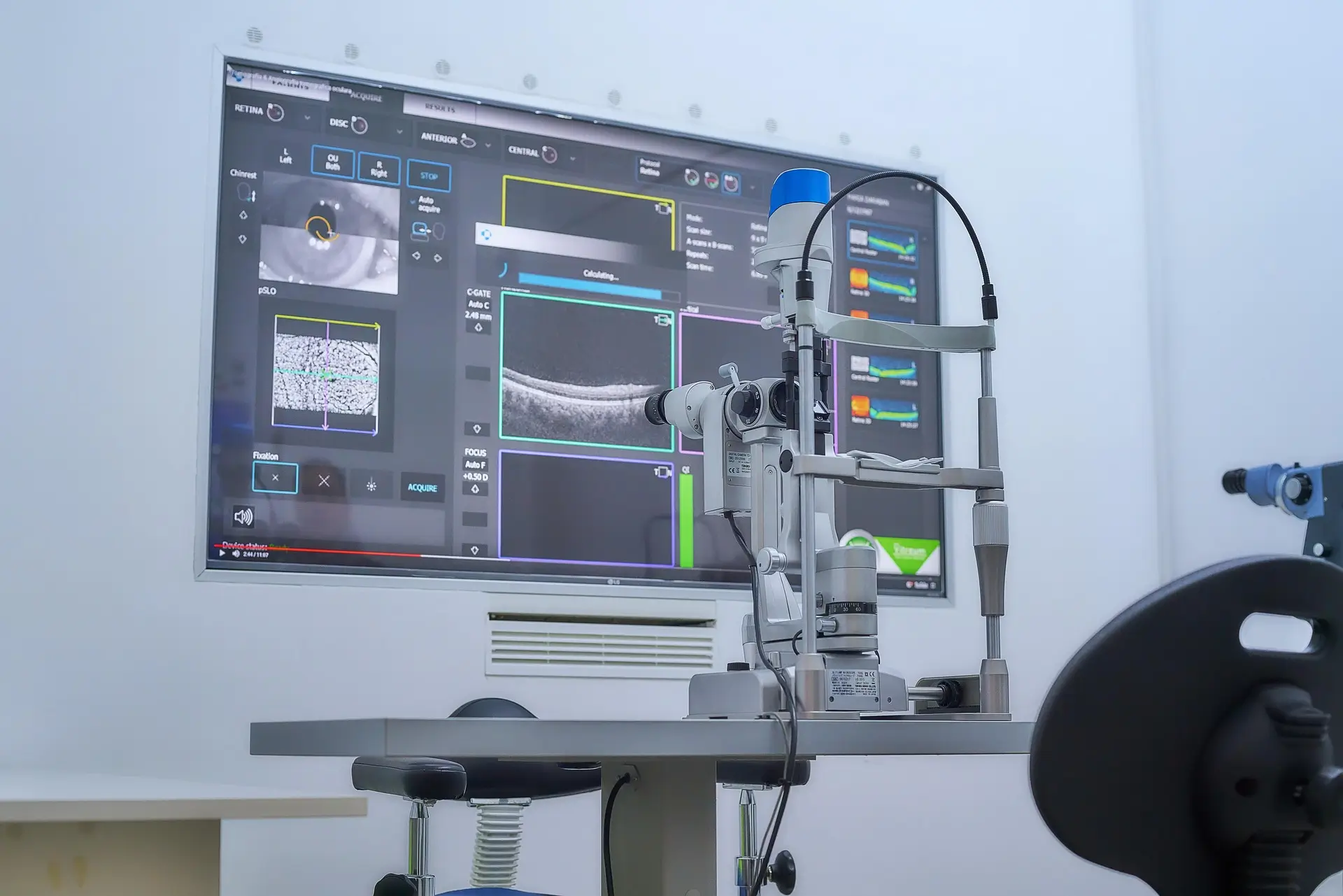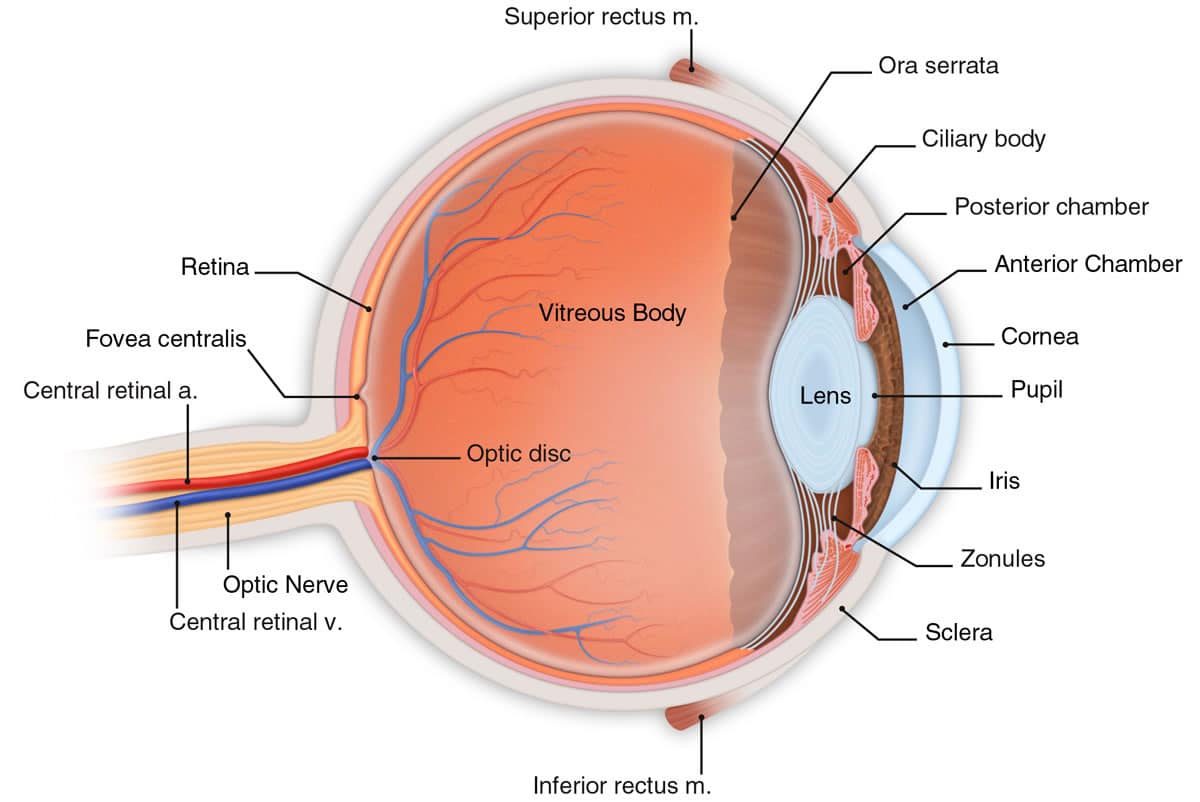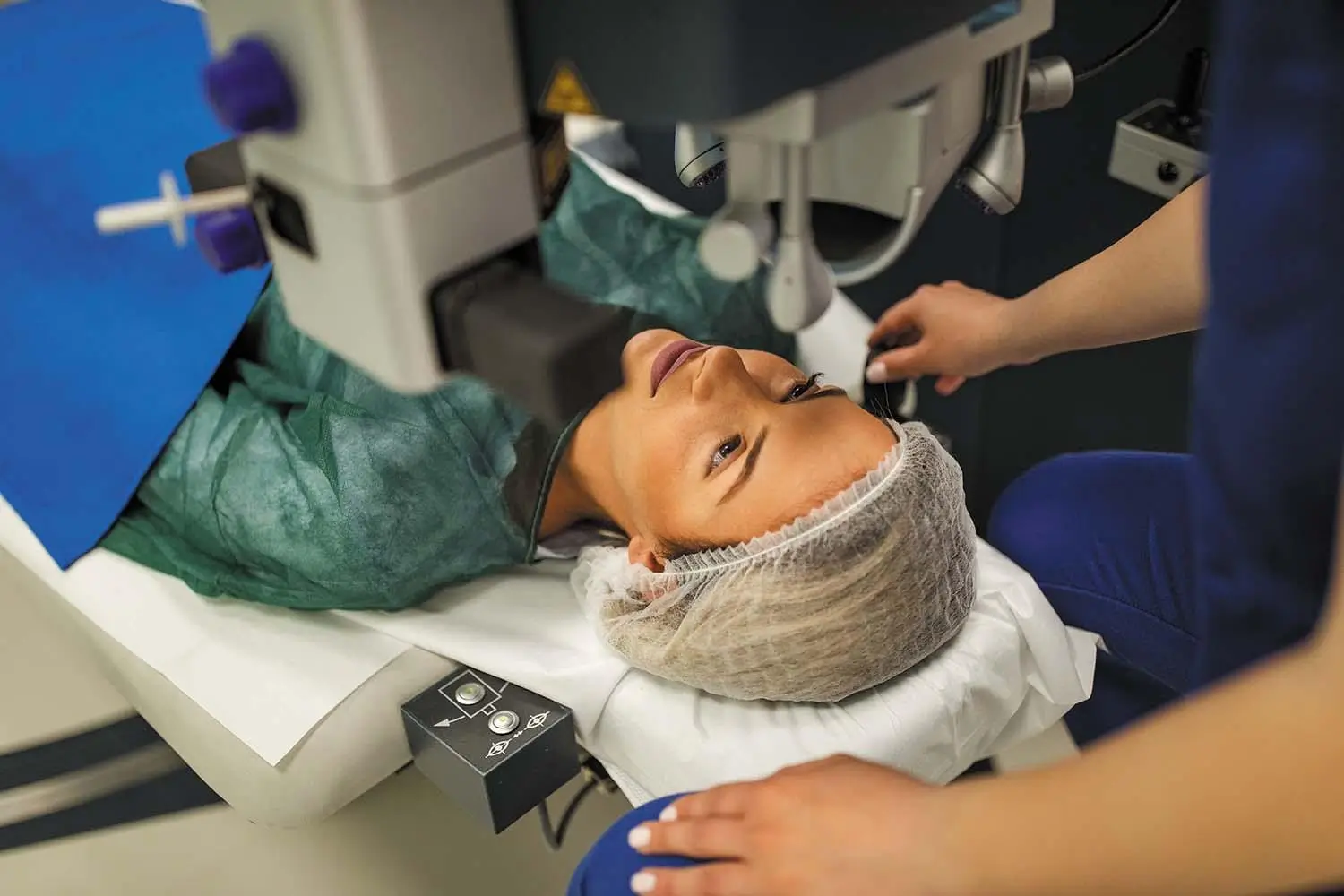
Cornea Care & Treatment
Advanced Solutions for Corneal Conditions
Restoring Clear Vision

The cornea is the eye’s transparent outer layer, essential for clear and focused vision. As a primary refractive surface, it allows light to enter the eye and plays a critical role in overall visual clarity.
However, when the cornea is affected by disease, injury, swelling, or infection, it can become irregular, scarred, or cloudy, leading to impaired vision.
At Ascend Vision Partners, our specialists provide expert care for a wide range of corneal and ocular surface diseases. From advanced diagnostics to state-of-the-art treatments, we are dedicated to restoring corneal health and enhancing visual function.
Corneal Health and Treatment Options
The cornea is the transparent, dome-shaped tissue that forms the front surface of your eye. Its primary function is to refract or bend light as it enters the eye, allowing it to focus correctly on the retina. However, if the cornea becomes damaged, clouded, or distorted due to infection, disease, trauma, or swelling, specialized treatments may be necessary to restore clarity and function, including a Corneal Transplant.
A Corneal Transplant, also known as Keratoplasty, is a common procedure to regain functional vision. During this process, a skilled corneal surgeon removes the damaged central corneal tissue and replaces it with healthy tissue from a donor, carefully matching the shape and size for optimal results. The success rate of this procedure is approximately 85%, though it can vary depending on other factors such as the presence of glaucoma, retinal conditions, or optic nerve damage.
The corneal transplant is typically an outpatient procedure lasting about an hour, and the patient is given local anesthesia to ensure comfort.
After the surgery, patients are advised to wear a protective shield or glasses to avoid any contact with the eye during the recovery period. Special eye drops will also be prescribed to promote healing.

Recovery times can differ among individuals, with some patients experiencing full healing over the course of a year, depending on the complexity of the procedure and individual healing rates.
Understanding Pterygium and Available Treatment Options
A pterygium is a benign, triangular-shaped growth that forms on the conjunctiva, the thin tissue that covers the white part of the eye and lines the eyelids.
This growth can cause symptoms like irritation, redness, and excessive tearing. Pterygiums are most commonly linked to prolonged exposure to UV rays from the sun, as well as windy or dusty environments.

In its early stages, a pterygium can often be managed effectively with eye protection, artificial tears, or medicated eye drops to relieve symptoms. However, in more advanced stages, the pterygium may extend over the central cornea, impairing vision and potentially altering the shape of the cornea, which can lead to astigmatism. In these cases, surgical intervention may be necessary to remove the growth and restore clear vision.
If you are experiencing symptoms of a pterygium or have been diagnosed with a corneal condition, it’s essential to consult with a Corneal Specialist. Find out more about our partner locations today and schedule an appointment with one of our skilled professionals to discuss your treatment options.